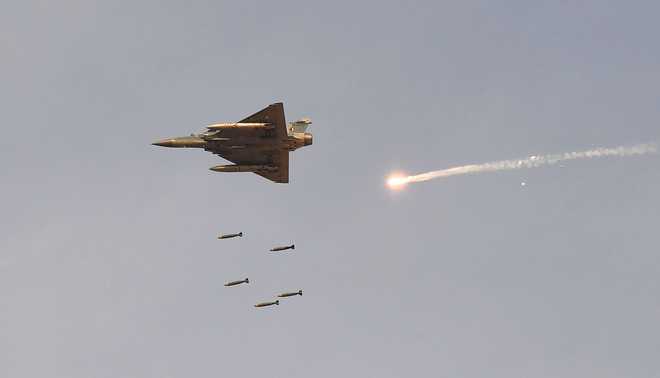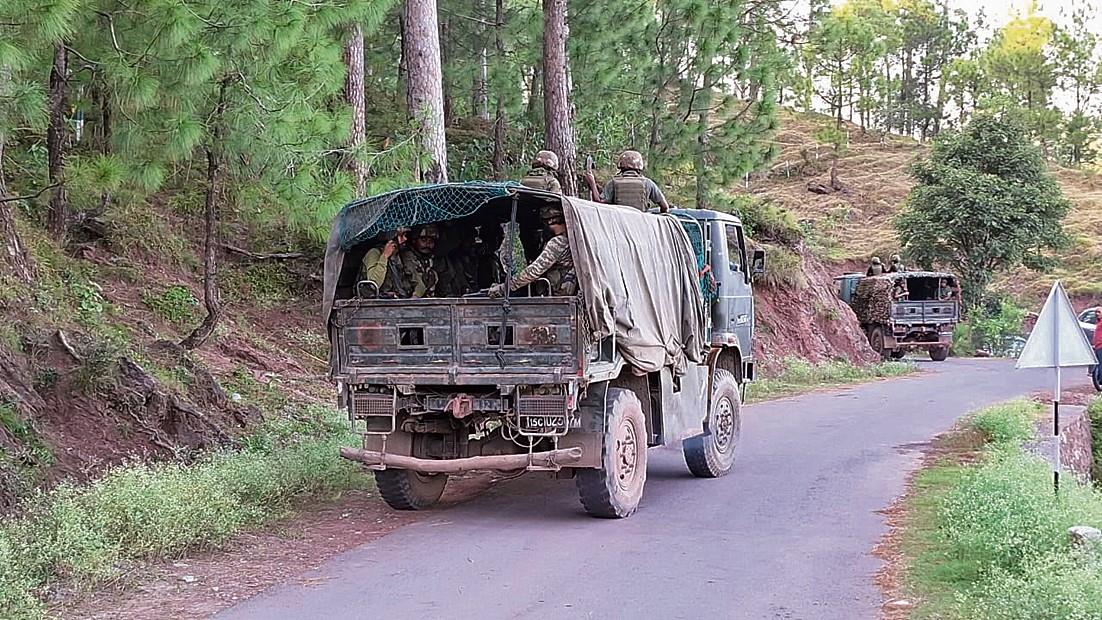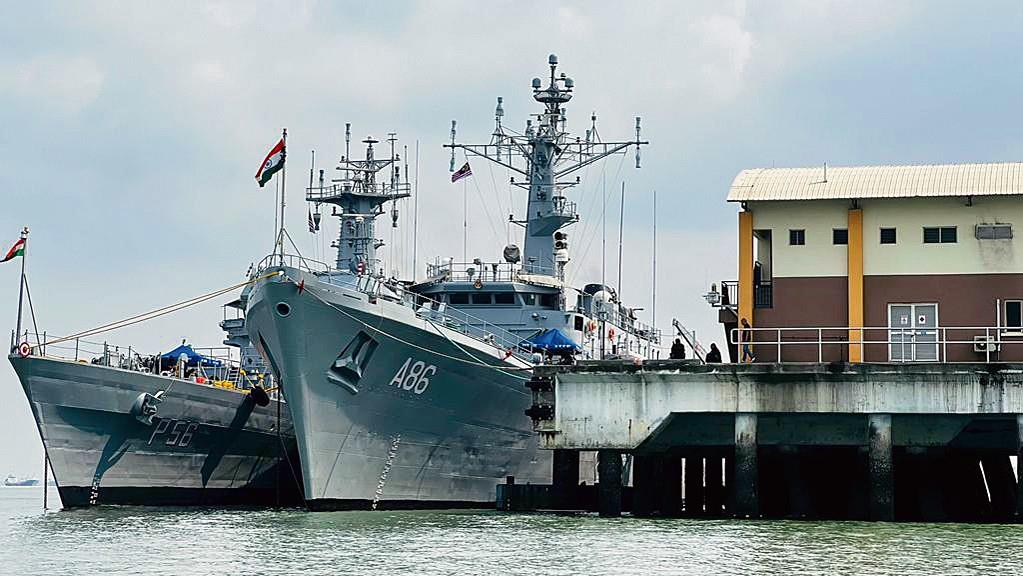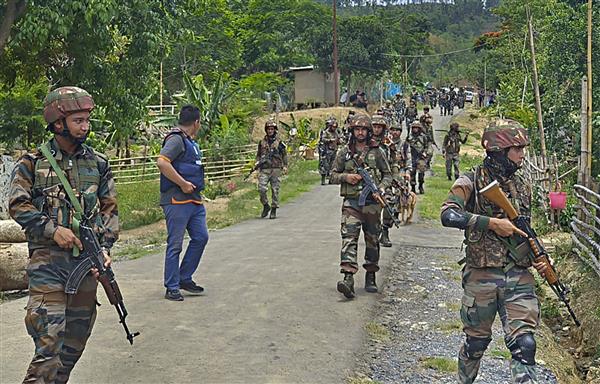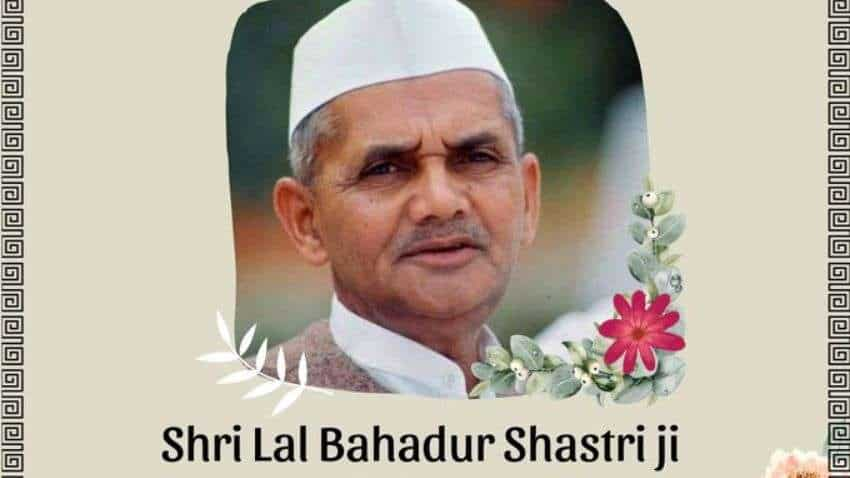China tends to see India as a regional rival that is an obstacle to its expansionism and has stood firm against it.
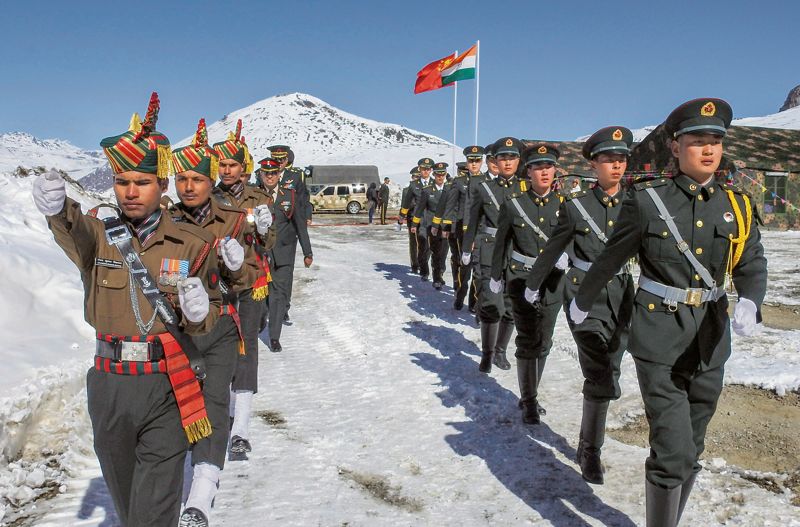
Advertisement

CONSIDERING that the growth and development stories of the two neighbours started almost simultaneously, with India’s Independence in 1947 and the onset of communist rule in China in 1949, the divergence between them has grown despite similar problems during the past 70-odd years. It is expected that this gap will continue to widen in the foreseeable future. Therefore, there is a need to analyse the reasons for this divergence and explore effective strategies for addressing the challenges posed by China.
At the end of World War II, despite discussions about granting India a permanent seat on the UN Security Council, it was India that advocated for China’s claim to a permanent seat. Recognition of Tibet as part of China marked the second instance of India’s efforts to foster a close relationship with China. The third step was to acknowledge Beijing’s ‘One China’ policy regarding Taiwan. However, while India was busy expounding the virtues of ‘Hindi Chini bhai bhai’ policy and furthering the Panchsheel agenda, clandestine Chinese preparations for an incursion into India persisted without interruption. Thus, 1962 saw a humiliating defeat of the Indian military. After the war, the People’s Liberation Army (PLA) vacated most of the captured areas along the Line of Actual Control (LAC), except the Aksai Chin area of Ladakh.
Subsequently, an uneasy calm prevailed along the LAC, though attempts at salami-slicing by the PLA never stopped. The year 1967 saw a confrontation at Nathu La, in which the Indians, by now wise to the Chinese designs, gave the adversary a bloody nose. This treatment was repeated in 1987 at Sumdorong Chu near Tawang (Arunachal Pradesh).
Thanks to a major foreign policy shift by the US, courtesy of Henry Kissinger, the last three decades of the 20th century saw the US actively supporting the growth of Chinese economy, resulting in making China a massive logistical hub. This was the period during which Deng Xiaoping’s dictum of ‘hide your strength, bide your time’ was scrupulously followed by China.
As the Chinese growth accelerated, its real colours also started emerging in the beginning of the current century. In fact, the tone and tenor of Chinese actions and statements have undergone a gradual transformation, evolving from tentative claims to outright assertiveness, at times bordering on aggression, in tandem with the growth of its economic and military power. No longer satisfied with being a regional power, it is vying to become a global pole.
At the regional level, it has asserted territorial claims over nearly the entire South China Sea, relying on the nine-dash line, much to the chagrin of the Philippines, Vietnam, Indonesia, Malaysia and Brunei. It has also claimed suzerainty over the Japanese island of Senkaku. Its perpetual threats to occupy Taiwan are a continuing saga. The Belt and Road Initiative (BRI) and its economic might are regularly used to pressurise smaller southern and east Asian countries to gain strategic and geopolitical leverage for regional hegemony.
China tends to see India as a regional rival that is an obstacle to its expansionism and has stood firm against it. Flouting agreements signed in 1993, 1996, 2005 and 2013, China has continued salami-slicing tactics in Ladakh as well as Arunachal Pradesh. Along the LAC, China’s policy has been: “My claims are sacred and irrefutable, while yours are negotiable.”
Even recent agreements on areas north of Pangong Tso, Hot Springs, Galwan, etc., reflect this reality. Despite 19 rounds of commander-level talks, there has been no resolution to the issue of illegal Chinese occupation of approximately 1,100 sq km in the Depsang Bulge area. Additionally, Indian patrols are denied access to the Charding Nilung Nullah area, which New Delhi claims as its own. Such altering of the status quo reeks of blatant expansionism.
China has ignored Indian objections to the China-Pakistan Economic Corridor, which passes through J&K. Furthermore, China has collaborated with Pakistan to orchestrate anti-India actions on the international stage. It has also regularly tried to win over India’s close neighbours. China has substantially expanded its presence in the Indian Ocean region, thus posing potential threats through both maritime and land routes.
To counter this multidimensional challenge, the need of the hour is to
adopt a whole-of-nation approach. While it is essential to strengthen the military to protect the nation’s territorial integrity, all other sectors must work together cohesively to provide coordinated support.
It is heartening to note that sincere efforts are being made to improve the infrastructure in border areas. However, a lot of ground remains to be covered. In several forward areas in Central and Eastern sectors, troops are logistically dependent on a single road axis, which, if blocked by the adversary, would jeopardise the defence of forward areas.
Experience has shown that the Chinese are quick to exploit perceived weaknesses but respect a firm and resolute stance. The Indian stand during the face-off at the Doklam plateau in 2017, the clashes in the Galwan valley in 2020 and subsequently at Yangtse in the Tawang sector are apt examples.
After making inroads into east Ladakh in the beginning of May 2020, only the Indian move of a pre-emptive capture of Kailash Range brought China to the negotiating table, thus ensuring withdrawal from north of Pangong Tso, Hot Springs and Galwan. Similar opportunities need to be identified all along the LAC.
Various studies have pointed to the need for enhancing our defence budget from the current 1.5 per cent of the GDP to at least 2.5 per cent, to begin with. The sooner it is done, the better equipped we will be to combat an aggressive adversary, even as the two-front threat looms large over the horizon.
Friends who can come to our aid in the event of an adverse situation need to be cultivated. A far-sighted foreign policy which caters to such an eventuality is a must. Quad and similar such partnerships can be an effective check against a recalcitrant and aggressive adversary.












